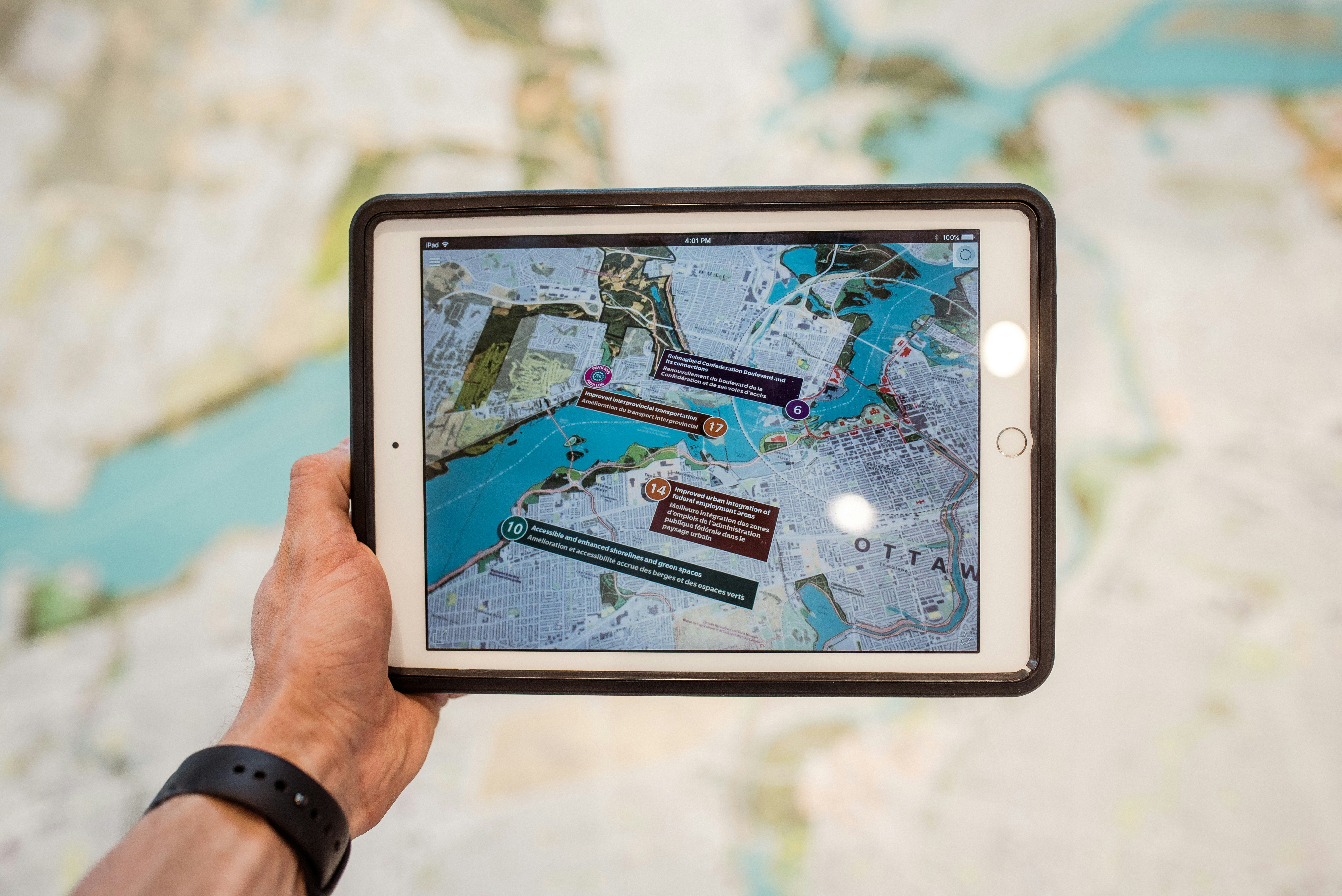The Role of Technology in Improving Traffic Flow and Urban Living
March 12, 2024 | by trafficmeet.com
Welcome to Traffic Meet, a blog dedicated to exploring the complexities of traffic management and urban planning. Our goal is to provide valuable insights into the latest trends and technologies in transportation, offering information for professionals and enthusiasts alike. We aim to be a hub for sharing knowledge and discussing innovative solutions to improve traffic flow and enhance city living.
Understanding the Challenges of Traffic Management
As cities grow and populations increase, traffic congestion has become a major challenge for urban planners. The traditional approach of building more roads and expanding infrastructure is no longer sustainable. It is essential to find alternative solutions that can optimize traffic flow and make cities more livable.
The Role of Technology in Traffic Management
Technology plays a crucial role in addressing the challenges of traffic management. Intelligent Transportation Systems (ITS) are being implemented in cities worldwide to gather real-time data and provide actionable insights. These systems use sensors, cameras, and advanced algorithms to monitor traffic conditions, optimize signal timings, and manage congestion.
One of the key technologies in traffic management is the use of traffic signal synchronization. By coordinating traffic signals along a corridor, cities can reduce travel times, minimize stops, and improve overall traffic flow. This not only reduces congestion but also decreases fuel consumption and emissions, leading to a more sustainable and eco-friendly transportation system.
Advancements in Traffic Management Technologies
Advancements in technology have led to the development of innovative solutions for traffic management. For example, the emergence of connected and autonomous vehicles (CAVs) has the potential to revolutionize urban transportation. CAVs can communicate with each other and with traffic infrastructure, enabling smoother traffic flow and reducing the likelihood of accidents.
Another area of development is the use of predictive analytics in traffic management. By analyzing historical and real-time data, predictive models can anticipate traffic patterns and congestion hotspots. This allows traffic managers to proactively adjust signal timings, reroute traffic, and implement other measures to alleviate congestion before it occurs.
Improving Urban Living through Traffic Management
Efficient traffic management not only improves traffic flow but also has a positive impact on urban living. Reduced congestion means less time spent in traffic, leading to improved productivity and quality of life. It also reduces the environmental impact of transportation, contributing to cleaner air and a healthier environment.
Furthermore, effective traffic management can enhance the overall safety of the city. By implementing technologies such as traffic signal synchronization and CAVs, the risk of accidents can be significantly reduced. This creates a safer environment for pedestrians, cyclists, and motorists, making cities more walkable and bike-friendly.
Join the Conversation
At Traffic Meet, we believe in the power of knowledge sharing and collaboration. We invite professionals, researchers, and enthusiasts to join the conversation and contribute their insights and ideas. Together, we can explore innovative solutions to improve traffic flow, enhance urban living, and create a more sustainable future.
Stay tuned for our upcoming articles, where we will delve deeper into the latest trends and technologies in traffic management. Let’s meet at the intersection of traffic and innovation!
RELATED POSTS
View all


